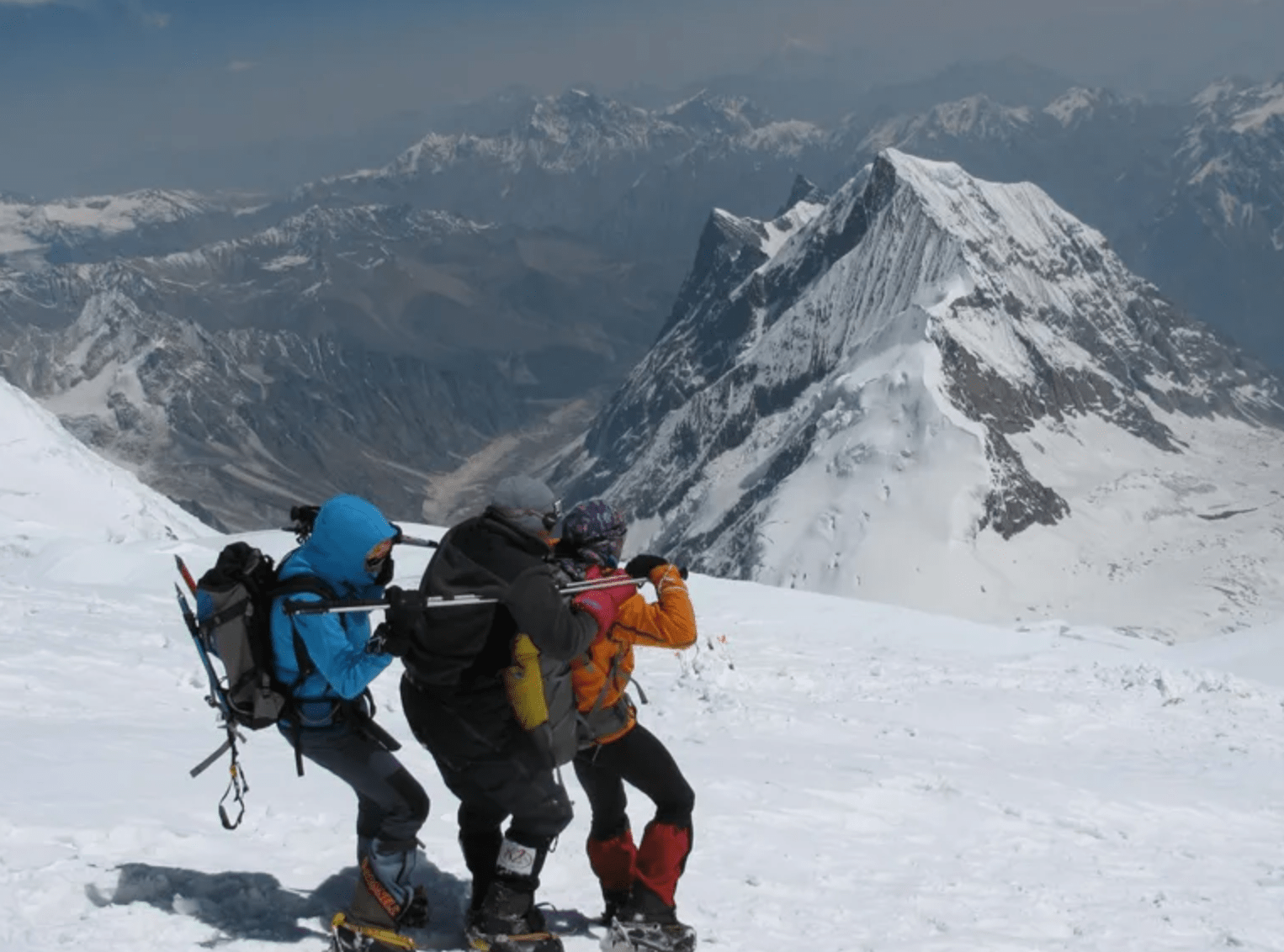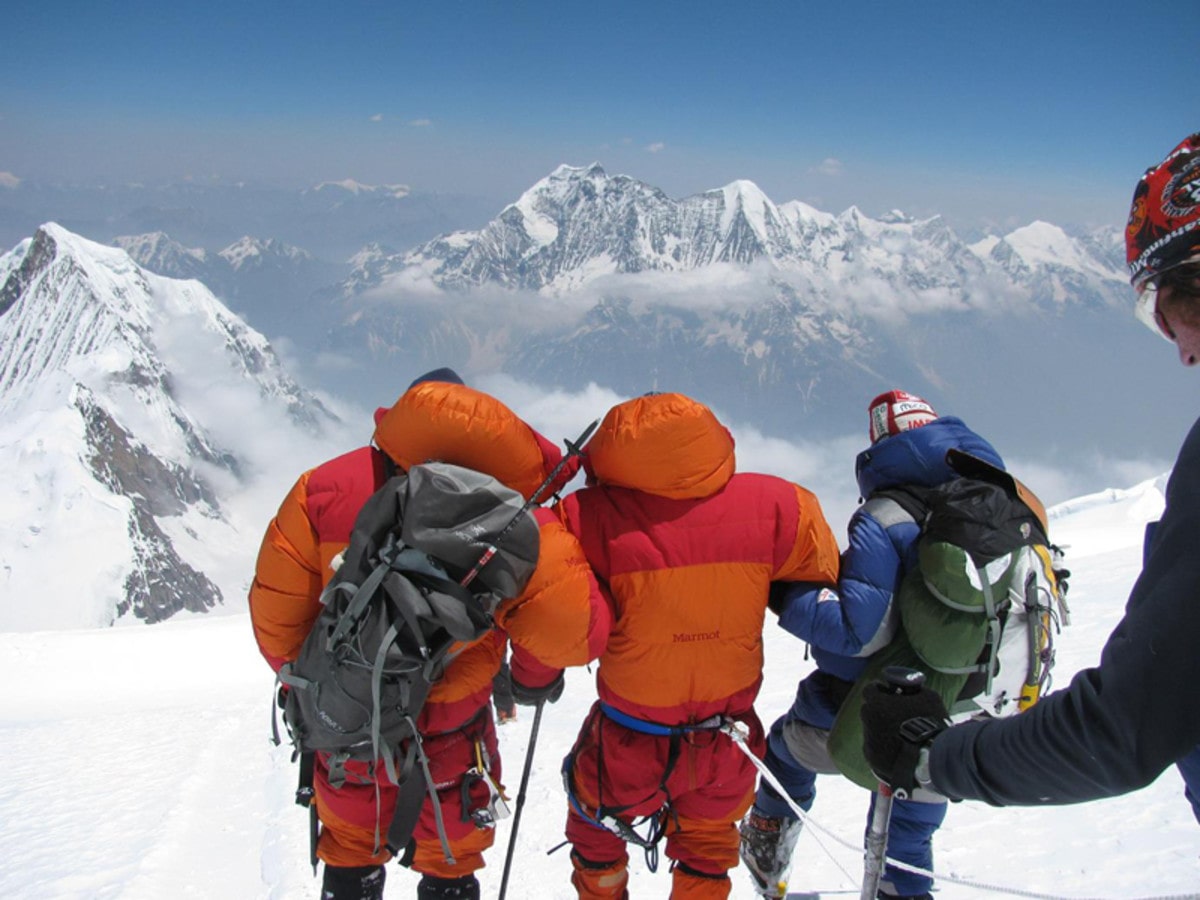
Many of life’s most rewarding experiences can be found at altitude. However, depending on numerous factors, spending time at high altitudes can expose you to the deadly risk of high-altitude pulmonary edema, or HAPE, a severe form of altitude sickness. Many of those who frequent mountains have likely experienced acute mountain sickness, a common & comparatively mild form of altitude sickness. Symptoms can include headaches, fatigue, and difficulty sleeping; these symptoms typically subside in 1-3 days after altitude acclimatization and plenty of water.
However, if these mild symptoms worsen, especially if rapidly, HAPE should become a concern. According to Dr. Benjamin Honigman, the director of Altitude Medicine at the University of Colorado, HAPE is a life-threatening form of altitude sickness that involves the buildup of fluid in the lungs and typically occurs after 2-3 days at altitudes above 8,000 feet (2,440 meters). In the US, this particularly puts those in the Sierra Nevada or the Rocky Mountains at risk. In response to the altitude, the lungs constrict, causing a potentially lethal buildup of fluid in the lungs. HAPE is the most common altitude-related death, thus knowing the symptoms of HAPE is crucial knowledge.

Symptoms of HAPE include wheezing, confusion & loss of coordination, persistent shortness of breath, and a cough producing frothy substances. If these symptoms are noticeable, seek treatment immediately. Thankfully, HAPE is relatively rare, seeming to primarily affect lowlanders who quickly ascend to high altitudes. According to the National Institute of Health, HAPE is estimated to afflict just .01% of visitors to ski resorts in the Rocky Mountains of Colorado.
Recovery is almost certain with treatment, especially when symptoms are recognized early. Treatment includes supplemental oxygen, a variety of medicines, and eventual descent. If in a remote location, immediately descend to lower elevations and seek treatment. If the victim is unable to walk or otherwise appears incapable of descending, contact rescue forces.

HAPE’s dangers can be offset by taking numerous preventative steps. Slowly ascending to higher elevations is known to be the most effective prevention method. Giving your body more time to acclimatize and adapt to lower levels of oxygen is the key to preventing altitude sickness in general. Staying well-hydrated and avoiding strenuous exertion during the first days of altitude exposure will also help offset the causes of HAPE.